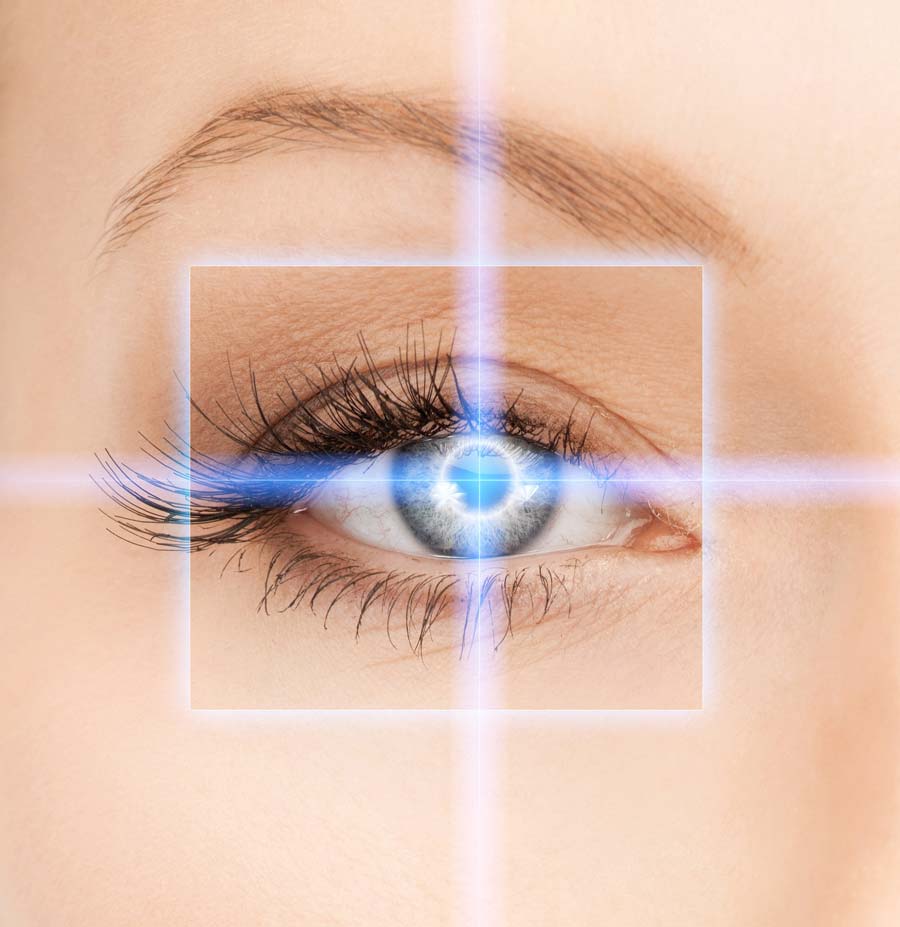Liberal,KS
Optical Coherence Tomography

Liberal, KS
Optical Coherence Tomography
Optical coherence tomography (OCT) is a non-invasive imaging technology that is used to create detailed images of the structures within the eye. It works by using light waves to produce high-resolution, cross-sectional images of the retina, optic nerve, and other structures of the eye. These images enable our doctors to diagnose and monitor a variety of eye conditions and diseases, including glaucoma, macular degeneration, and diabetic retinopathy.
OCT is highly accurate and can detect changes in the eye’s structures that may not be visible during a routine eye exam. It is often used in conjunction with other diagnostic tools to help diagnose and manage eye diseases and conditions.
During the test, you will sit in front of the OCT machine and rest your head on a support to keep it still. The procedure is fast and painless and typically takes only a few minutes to perform.
How are optical coherence tomography scans used?
An OCT scan can help our eye doctor diagnose a variety of eye diseases and conditions, including:
- Diabetic retinopathy
- Age-related macular degeneration
- Macular edema
- Glaucoma
- Retinal detachment, occlusions, or bleeding
- Macular holes
- Epiretinal membranes
- Neovascularization
Benefits of optical coherence tomography
OCT is an effective tool for monitoring changes in the eyes over time. It allows our eye care professionals to visualize and measure subtle changes in the retina, optic nerve, and other structures within the eye.
By performing regular OCT exams, our experts can track changes in the eye and monitor the progression of various eye diseases and conditions, including glaucoma, macular degeneration, and diabetic retinopathy. For example, for patients with glaucoma, we can use OCT to measure changes in the thickness of the retinal nerve fiber layer. These changes can indicate the progression of the disease even before vision loss occurs.
OCT can also be used to evaluate the effectiveness of treatments for eye diseases and conditions. By comparing OCT images taken before and after treatment, our eye doctor can determine whether the treatment is working and make any necessary adjustments to the treatment plan.
Who should get an OCT scan?
You may need an OCT scan if you have an increased risk of eye disease or are over a certain age. If you have already been diagnosed with an eye disease, an OCT scan will help our doctor monitor the progression of the disease. Contact our office in Liberal today to schedule a comprehensive eye exam and learn more about how OCT scans can help you maintain optimal eye health.
